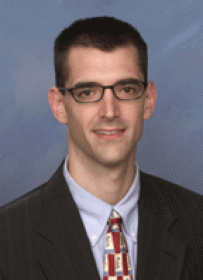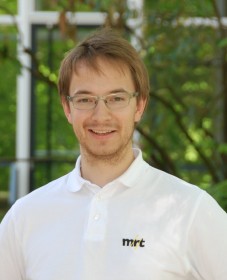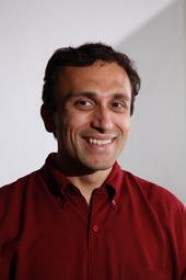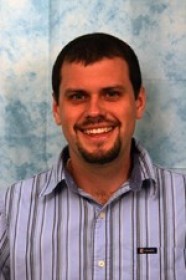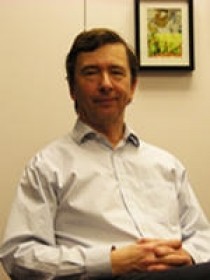Exploring the semantic understanding of abstract scenes
Bio: C. Lawrence Zitnick received the PhD degree in robotics from Carnegie Mellon University in 2003. His thesis focused on a maximum entropy approach to efficient inference. Previously, his work centered on stereo vision, including the development of a commercial portable 3D camera. Currently, he is a senior researcher at the Interactive Visual Media group [...]
Putting the Pieces Together: Assembling Puzzles and Shredded Documents
Event Location: NSH 1305Bio: Andrew Gallagher is a Visiting Research Scientist at Cornell University's School of Electrical and Computer Engineering, beginning in June 2012. Andrew earned the Ph.D. degree in electrical and computer engineering from Carnegie Mellon University in 2009, advised by Prof. Tsuhan Chen. Before that, Andrew received an M.S. degree from Rochester Institute [...]
Human action recognition: recent progress, open questions and future challenges
Event Location: NSH 1507Bio: Ivan Laptev is a full-time researcher in the WILLOW team at INRIA Paris and Ecole Normale Superieure. He has received his PhD in Computer Science from the Royal Institute of Technology (KTH) in 2004 and his Master of Science degree from the same institute in 1997. He has been a research [...]
Model Recommendation for Action Recognition and Other Applications
Event Location: GHC 4405Abstract: The typical approach to learning based vision has been that for each individual application, classifiers or detectors are learned anew from annotated training data for each specific task. However, the classifiers trained in this way tend to be brittle and highly specialized to the datasets from which they are derived, making [...]
3D Scene Understanding for Autonomous Vehicles
Event Location: NSH 1507Bio: Andreas Geiger studied computer science and mathematics at Karlsruhe Institute of Technology (KIT) in Germany. During his studies he spent 6 months at EPFL (working with Pascal Fua and Vincent Lepetit) and 6 months at MIT (working with Raquel Urtasun and Trevor Darrell). Currently he is a 4th year doctoral candidate [...]
CouchPotato: Learning from Lots of YouTube Video
Event Location: NSH 3305Bio: Rahul Sukthankar is a scientist at Google Research and an adjunct research professor in Robotics at Carnegie Mellon. He was previously a senior principal researcher at Intel Labs (2003-2011), a senior research scientist at HP/Compaq Labs (2000-2003) and research scientist at Just Research (1997-2000). Rahul received his Ph.D. in Robotics from [...]
Formulation and Calibration of Fast, Accurate Vehicle Motion Models
Event Location: NSH 3002Abstract: High performance wheeled mobile robots (WMRs) require fast, accurate motion models for planning and control. This thesis addresses two challenges to producing these models: the tradeoff between fidelity and speed in model formulation, and the need for laborious calibration procedures. To address the first challenge, I propose the formulation of “enhanced” [...]
Explaining complex physical events using large scale simulations. Case Study: Crash of Polish Air Force One in Smolensk, Russia, on April 10, 2010
Event Location: Hamburg Hall 1000(PLEASE NOTE TIME AND LOCATION)Tea Reception4:30 PM GHC 6115Bio: Dr. Wieslaw K. Binienda, F. ASCE. currently serves as Professor and Chairman of the Department of Civil Engineering at the University of Akron. He received his Master of Science degree from the Warsaw Polytechnic and Ph.D. in Mechanical Engineering from Drexel University [...]
A Trillion Photos
Event Location: NSH 1305Bio: Steve Seitz is a Professor in the Department of Computer Science and Engineering at the University of Washington. He also directs an imaging group at Google's Seattle office. He received his B.A. in computer science and mathematics at the University of California, Berkeley in 1991 and his Ph.D. in computer sciences [...]
Coherent Scene Understanding with 3D Geometric Reasoning
Event Location: NSH 1305Abstract: Going beyond object detection and semantic segmentation, coherent scene understanding simultaneously considers multiple potential objects and surfaces in the image and reasons over them in a 3D geometric context to derive a coherent interpretation of the scene behind the image, during which many visual ambiguities can be resolved. To achieve this [...]

